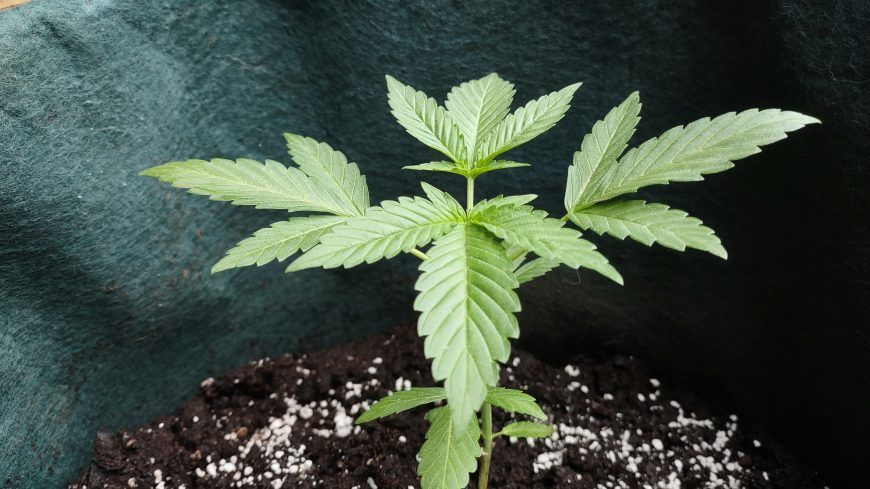Interested in marijuana cultivation? This guide will walk you through the entire process, from seed to harvest.
Discovering the art of marijuana cultivation can be both exciting and rewarding for enthusiasts interested in learning the ins and outs of growing this plant. With so many varieties of cannabis available, cultivating marijuana offers a long-term project with a plethora of benefits. Whether you’re a seasoned gardener or a beginner, growing marijuana can provide a stunning array of colors, aromas, and effects, making it a valuable learning experience for those who enjoy gardening or simply want to try their hand at growing their own marijuana. If you’re curious about learning more about growing marijuana, this is the blog for you!
A Quick Refresher on Marijuana
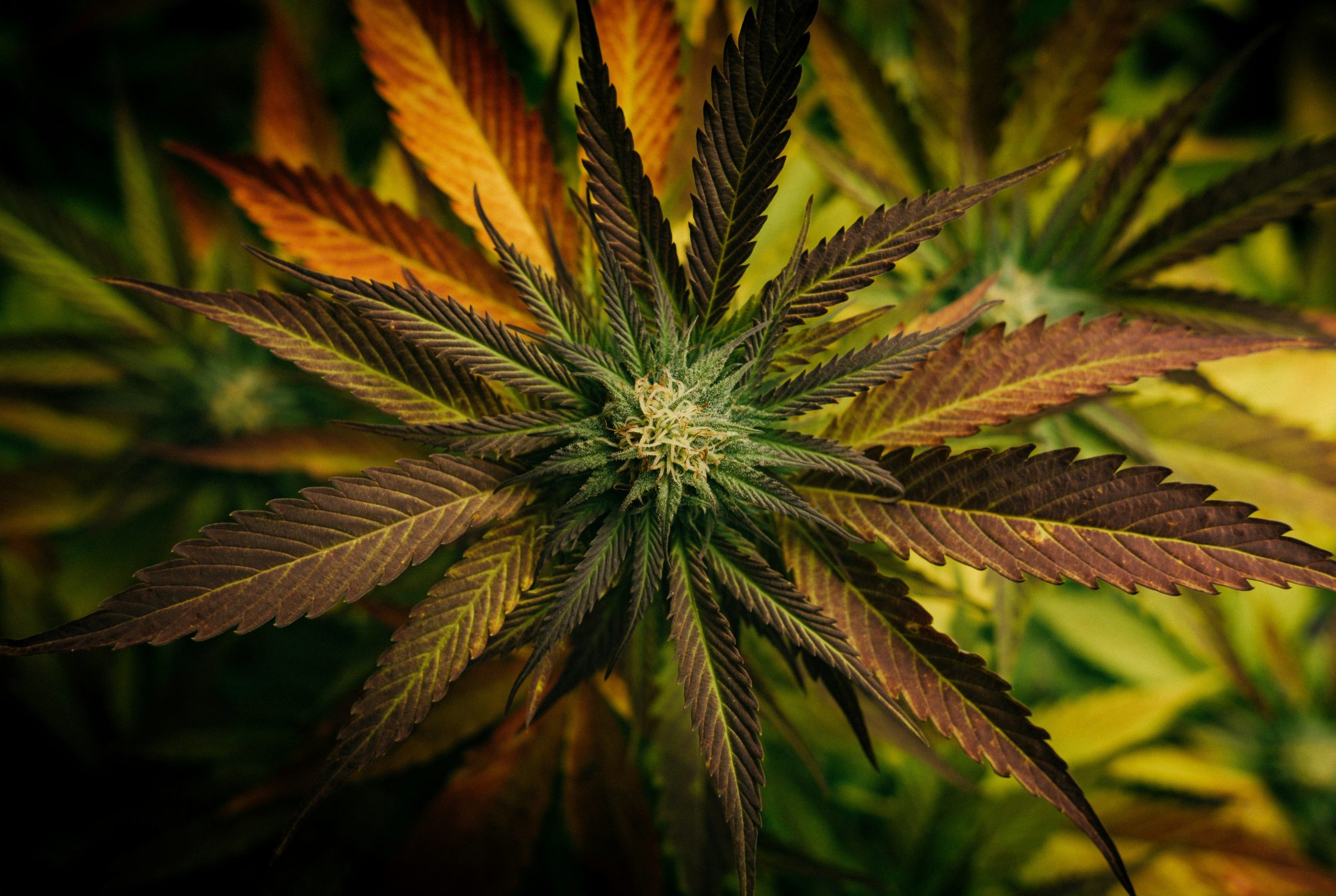
Marijuana is a mixture of dried flowers from the Cannabis sativa plant. It contains over 500 chemicals, including cannabinoids like THC and CBD. THC is responsible for the psychoactive effects, while CBD does not produce intoxication. Marijuana is consumed in various ways, including smoking, vaping, and ingesting edibles like brownies or candies. Other forms include concentrated resins like hash oil and shatter.
The 7 Stages Of Marijuana Growth
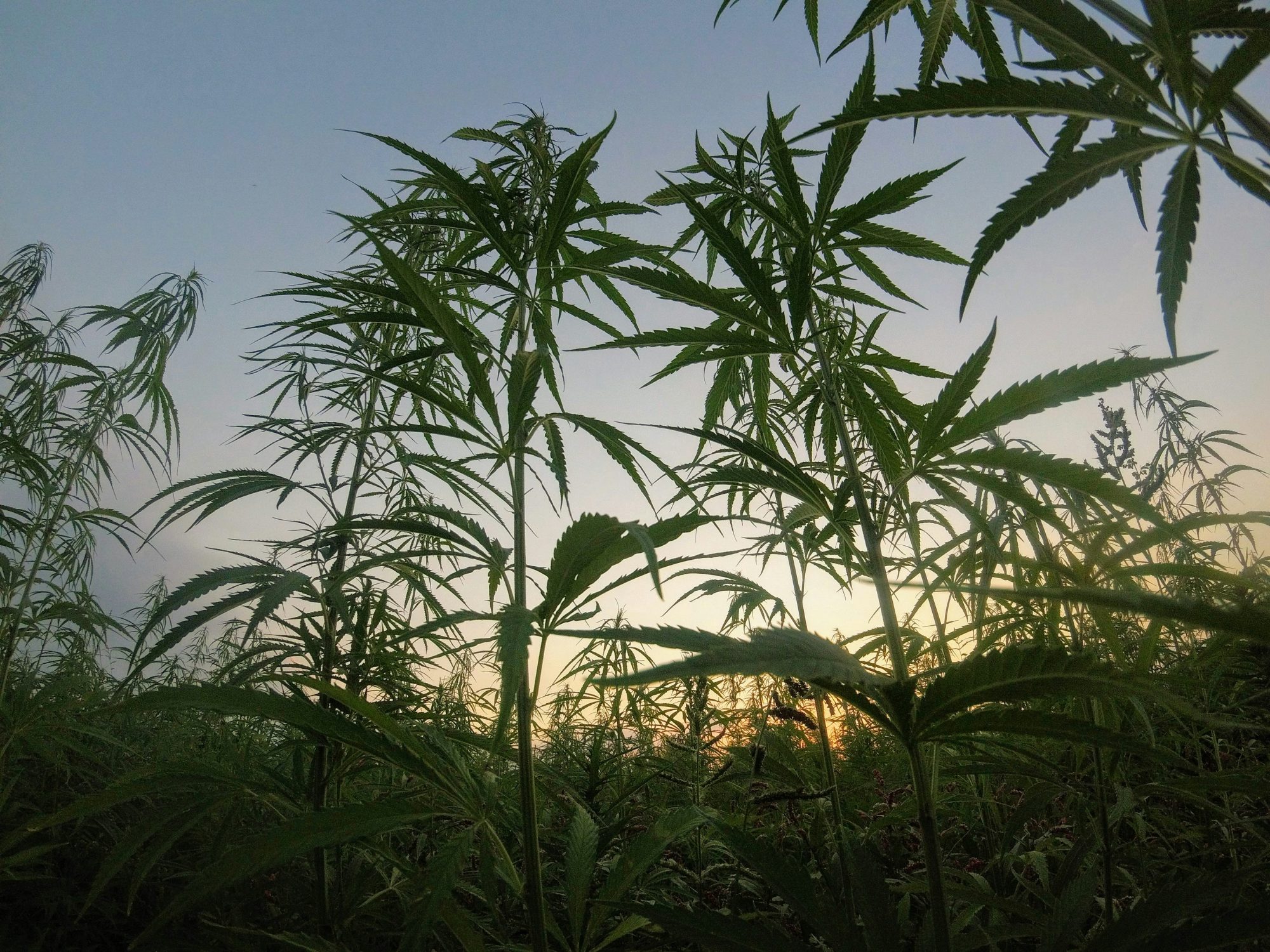
1. Germinating Seeds: The Beginning of the Cannabis Life Cycle
To effectively germinate, you must ensure that seeds are mature enough. If your seeds are immature they will likely not germinate. If your seeds have reached maturity they will appear shiny and light to dark brown and will be dry and hard to the touch. If your seeds are underdeveloped they will feel soft and appear white or green.
Effective Germination Techniques
To germinate, keep your seed in a wet, dark place. Some growers may keep it in a cup of water or wrapped in a wet paper towel and set inside of a cabinet. Exposing seeds to light and moisture stimulates hormones and gives the growth process a boost. A single root, called the radicle, will shoot downwards as the new stem grows upwards pushing the seed out of the soil.
From Cotyledon Leaves to True Leaves
Unlike common marijuana leaves, two rounded cotyledon leaves will sprout from the stem as the plant breaks away from the seed’s protective casing. These cotyledon leaves gather energy from sunlight so that the plant can become stable and grow bigger. Once the roots develop, the first true leaves grow and the plant is not in its seedling stage.
2. Seedling Stage: The Fragile Youth of Cannabis Growth
The seedling growth stage is fragile and plants must receive 18-24 hours of sunlight, moist soil, and mild humidity to grow rapidly. Because the seedling has such a small root system, it’s important to not drown it by overwatering. Once a plant becomes a seedling, it will develop more traditional-looking cannabis leaves.
3. A marijuana leaf is made up of anywhere between 3 to 13 fingers
The leaves produced from a sprout will appear with only one rigged finger. With new growth, marijuana leaves will develop more fingers. Mature marijuana plants will typically have between 5 and 7 fingers per leaf but can reach up to 13. The first fingered leaves can grow up to 4 inches above cotyledon leaves and will have the notorious serrated edges.
This set of leaves grows in pairs on opposite sides of the stem. Cannabis plants are treated as seedlings until they develop leaves with a full number of fingers. Healthy seedlings should be short with thick vegetation and their leaves should appear vibrant green in color. During this stage, growing environments must be kept clean and free of excess moisture to ensure the plant does not become diseased or moldy.
4. Vegetative Growth: The Burst of Cannabis Growth
Once a seedling develops 7 sets of pointed leaves, it enters vegetative growth. After being relocated to a larger pot, the growth of a cannabis plant soars. Its stem becomes thicker and grows taller, it produces more leaves, nodes, and branches, and its root system becomes more established to prepare for flowering. This is the stage where growers will begin topping and training plants.
Understanding Node Development
The spacing between nodes displays what kind of cannabis you are growing. A node is where any two branches intersect off the main stalk. When a plant is young, nodes develop in pairs. When a plant has matured nodes start to alternate. They still develop in pairs but there is more distance between them and branches are no longer parallel to one another. There are also secondary nodes on branches that have developed from the main stalk.
Optimal Growth Conditions
Sativa plants are lanky and don’t have as many leaves while Indica plants are shorter and denser. During the vegetation stage, it’s important to increase water to aid in the plant’s development. As your plant grows larger and the roots grow outward, it’s better to water farther away so that the tips of the roots can more easily absorb it.
During this stage, your plants need an increase in warm water, a flow of moist air, nitrogen and potassium-rich nutrients, and a lot of soil space to allow them to grow 2-3 feet tall.
5. Pre-flowering: Determining the Gender of Cannabis Plants
It can take anywhere from 7 to 14 days for a plant to enter the pre-flowering stage. Once it does the sex can be determined by the pre-flower found at the nodes. It becomes easier to figure out the sex when the plant goes deeper into vegetation. How to tell if your plant is a male or female:
- Female: Two pistils (the pistil contains the reproductive parts of a flower) will be growing on the buds (flowers grow above these leaves, one cluster on each side).
- Male: Small green sacs full of pollen will be seen on the node areas.
Once the sacs on a male or intersex plant burst, the pollen can fertilize the cola of nearby females ruining the psychoactive potential of their trichomes (small glandular hairs). This is why it’s critical for male and intersex plants to be removed before flowering. Since Hermies have both glands and leaves (the reproductive organs of a cannabis plant), they can pollinate themselves and ruin your harvest. You must remove and destroy all intersex plants because of this risk.
6. Flowering: The Transition From Growth to Bloom
The flowering stage of cannabis begins with less than 12 hours of light per day and requires 10 to 12 hours of complete darkness. Harvest readiness is signaled by reddish-orange pistils and amber trichome heads, indicating a higher CBD to THC ratio. Trichomes produce various cannabinoids, making flower clusters resinous, and turning brown indicates the ideal harvest time to maintain potency. Warm weather, medium humidity, and blooming nutrients support flowering, ensuring optimal growth and cannabinoid development.
7. Harvesting: The Culmination of Cannabis Cultivation
Once it’s time for harvest, the cannabis plant should be cut down into smaller branches to ease the drying process. When the plant is cut into small sections, the pieces should be strung and hung upside down in a cool, dark room.
Humidity Levels and Timing for Optimal Preservation
Commercial cannabis is typically dried by applying a humidity level of between 40 and 50%. The plants should remain hanging for 7 to 14 days. Drying is necessary to prevent fungus and bacteria from growing. By removing moisture, you can effectively preserve the life of your cannabis. Completing the drying process too quickly will result in harsh cannabis.
Enhancing Flavor and Burn Quality Through Proper Aging
The curing process is optional and involves aging cannabis in sealed, airtight containers (generally mason jars) and placing them in a cabinet where temperature levels remain between 50 and 60 °F. To avoid a decrease in airflow, jars should not be packed tightly. They must remain stored for 1 to 3 weeks and opened briefly once a day to release any buildup of gases while absorbing the fresh air. It’s believed that curing improves flavor and burn quality, and reduces the harshness.
Uncomplicate Your Cannabis Production
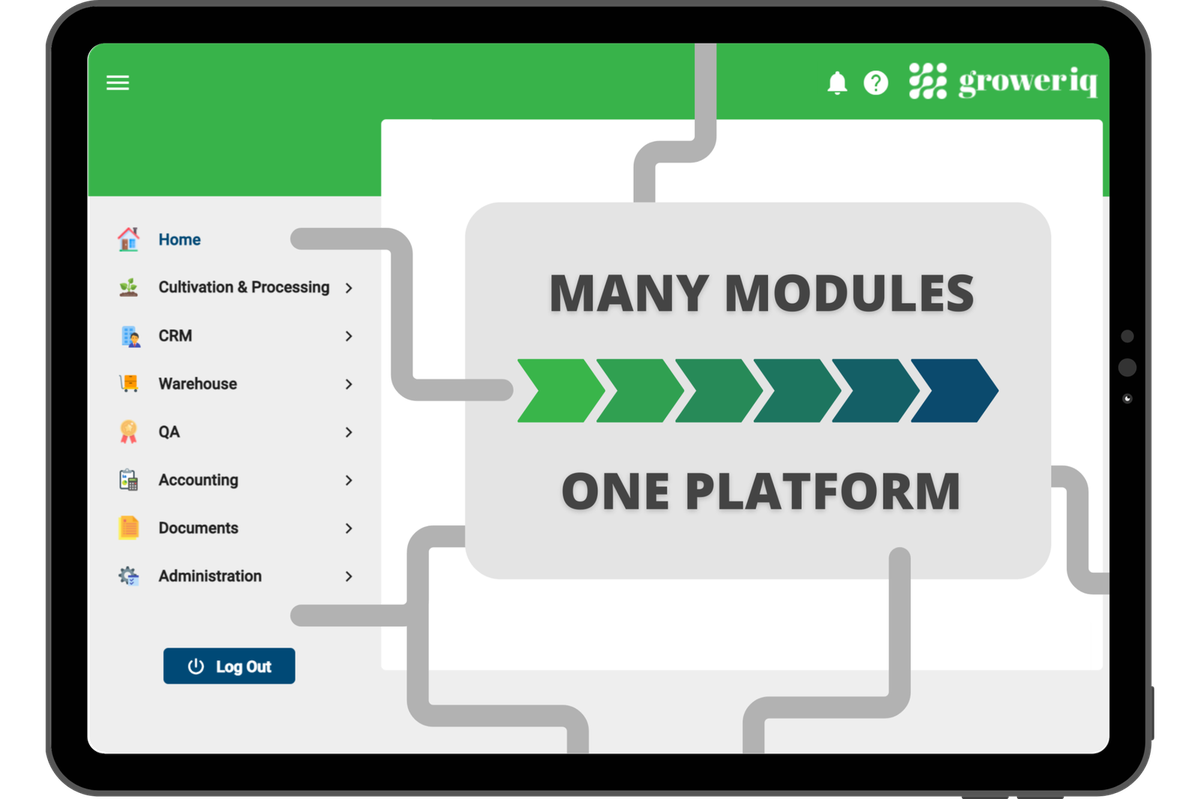
At GrowerIQ, our software aims to provide cannabis growers with a comprehensive solution for managing their cultivation operations, ensuring compliance, optimizing quality, enhancing efficiency throughout the seed-to-sale process, and overall uncomplicating the production process.
We do this with our software which offers a range of functionalities to assist cannabis growers, including:
- Seed-to-Sale Tracking
- Quality Management
- Cultivation Planning
GrowerIQ provides cannabis growers with a comprehensive solution for managing their cultivation operations, ensuring compliance, optimizing quality, and enhancing efficiency throughout the seed-to-sale process.
A Complete Step-By-Step Guide On Marijuana Cultivation
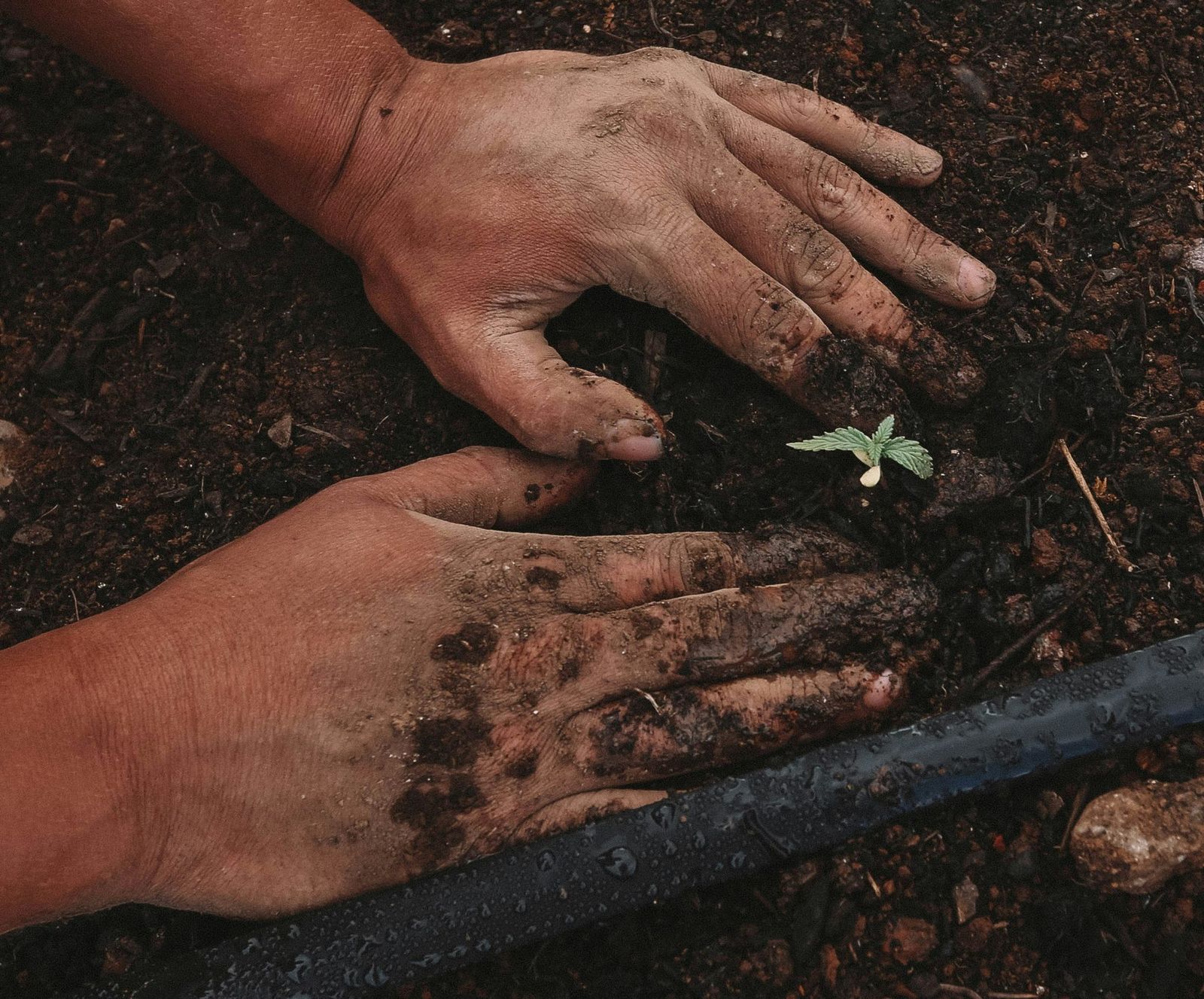
Indoor cultivation vs. Outdoor cultivation is a crucial decision for every grower. Here’s a glimpse of what to expect with each option. Outdoor cultivation is cost-effective, relying mainly on nature and direct sunlight. It comes with risks like theft, pollination, pests, and deer attacks. Privacy is another concern. Indoor cultivation, on the contrary, requires a larger investment upfront but pays off with full control over the plant’s growth. To ensure successful indoor cultivation, provide proper nutrients, water, light, temperature, and humidity.
Opting for the Right-Growing Medium
Selecting the right growing medium is crucial. Soil is popular for its natural nutrients, taste, and ease of use. Soilless mediums like coco coir guarantee faster growth and bigger yields with manually provided nutrients. Hydroponic growing offers rapid growth, high yields, and potent weed if done correctly. It’s vital to avoid misinformation and follow proper maintenance for a bountiful harvest.
Choosing the Ideal Nutrients for Your Setup
Cannabis plants need nutrients to thrive. Different mediums require different nutrients. Ensure you choose the correct nutrients based on your growing medium to avoid hindering plant growth. To maintain the right pH level for optimal nutrient absorption. Adjust the water’s pH before watering your plants to guarantee dense buds and substantial yields.
Selecting an Easy-to-Grow Strain for Beginners
Auto-flowering seeds eliminate the need for costly light timers and ensure consistent yields without the hassle of timing changes. Feminized seeds guarantee female plants for budding without guesswork. For first-time growers, opting for cannabis seeds with both qualities is recommended for a smooth cultivation process.
Setting Up Your Lighting System
Proper lighting is crucial for weed plants’ growth stages. Indoor growers need to provide 18 hours of light during the vegetative stage and 12 hours for flowering. Ensure a light-tight system to prevent light leaks during dark periods. Inadequate light can cause plants to revert stages or produce male buds.
Monitoring and Controlling Your Indoor Environment
Indoor environment conditions must be monitored and controlled for healthy plant growth. Humidity, airflow, and temperature must be managed to counter outdoor environmental threats. Adjust your setup to maintain stable growth conditions. For example, use heaters or dehumidifiers in wet basements or AC units for hot spaces to ensure an optimal growing environment.
Choosing the Right Container for Your Plants
Containers play a vital role in sustaining healthy plant growth. Consider factors like nutrient absorption, oxygen availability, drainage, and space when selecting a container. Ensure the container supports root system development and nutrient absorption for thriving plants.
Growing Your First Marijuana Plant
Now it’s time to put your knowledge into practice and grow your first marijuana plant. Follow these steps:
- Choose high-quality marijuana seeds
- Plant the seeds
- Water the plants
- Provide organic nutrients
- Monitor light, temperature, and airflow
- Identify the vegetative and flowering growth stages
- Harvest your plants for a successful cultivation process.
What Does A Marijuana Plant Need To Survive And Thrive?
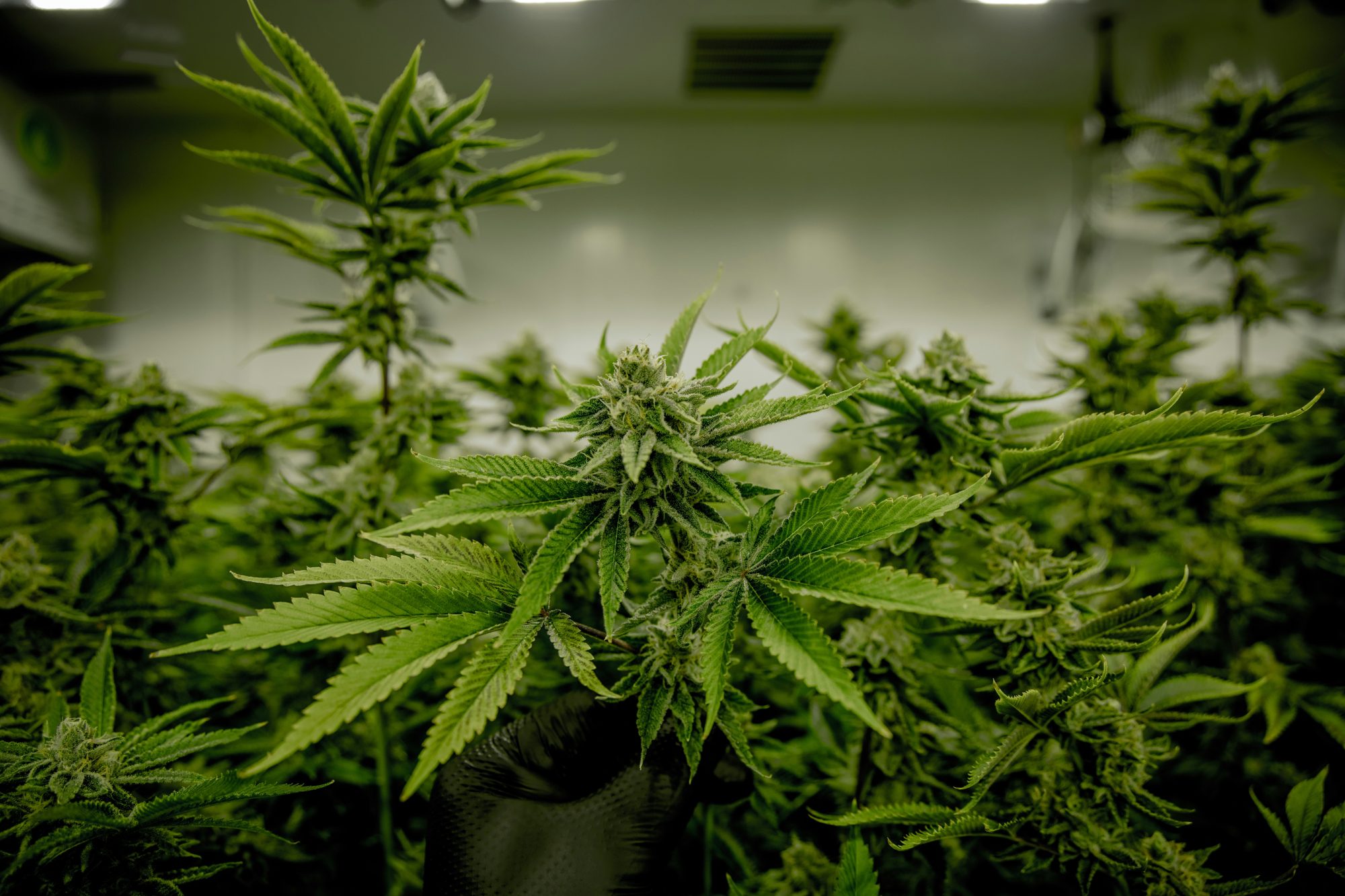
Light is crucial for marijuana plant growth, powering photosynthesis and aiding bud production. Fan leaves act as solar panels, and plants require at least six hours of sunlight outdoors, while indoor plants need 12 to 18 hours of light daily, depending on the growth phase. Excessive light can cause burns and faster drying, requiring more frequent watering. Marijuana is a photoperiod plant, transitioning from the vegetative to flowering phase by reducing artificial light exposure from 18 to 12 hours a day.
The Significance of Water in Marijuana Cultivation
Water is essential for plant growth, aiding in photosynthesis by providing hydrogen and facilitating nutrient uptake and distribution. It supports plant cells by exerting pressure on cell walls and helps plants cool down through transpiration. When watering marijuana plants, it is crucial to water the soil or medium rather than the leaves, and it is advisable to water generously but less frequently to allow roots to dry out and absorb more oxygen.
The Role of Soil/Soilless Medium in Marijuana Cultivation
Soil or other mediums provide stability and nutrients essential for marijuana plant growth and bud production. In natural environments, nutrients enter the soil through rain, decaying organic matter, organisms, rocks, and minerals, while indoor cultivation often requires nutrient supplementation to maximize growth. Growers can use living soil rich in microbes and fungi for enhanced nutrient uptake and diverse bud profiles or opt for other mediums like rockwool, coco coir, and hydroponics.
The Importance of Nutrients in Marijuana Cultivation
Marijuana plants require various nutrients for growth and blooming, including nitrogen, phosphorus, potassium, calcium, magnesium, and CO2. Nitrogen promotes growth and leaf formation, phosphorus aids in energy storage and bud development, and potassium supports metabolic activities and disease resistance. Calcium maintains cell wall integrity and nutrient absorption, magnesium is crucial for chlorophyll formation, and CO2 is converted to glucose during photosynthesis. Commercial indoor growers often use CO2 burners to enhance growth, though these may be excessive for small-scale home growers.
The Role of Wind/Airflow in Marijuana Cultivation
Wind or airflow is critical for bringing fresh air into the environment, which aids plant growth by mixing CO2. It also reduces mold and disease by eliminating moisture to prevent dew formation within plants. Techniques like scrogging spread out branches to help aerate plants and strengthen stalks and branches. Additionally, wind stimulates the production of auxin, promoting growth and enhancing plant strength, while also facilitating pollen transfer between male and female marijuana plants during pollination. Excessive wind from storms or high-speed fans can potentially damage plants by blowing them over.
The Implications of Temperature and Humidity in Marijuana Cultivation
Marijuana plants thrive in temperate conditions, with ideal temperatures ranging from 70-85°F during the vegetative phase and 65-80°F during the flowering phase. The relative humidity should be maintained at 40-60% during the vegetative phase and 40-50% during the flowering phase. Temperature and humidity play a vital role in the growth and blooming of marijuana plants. Maintaining the ideal temperature and humidity levels ensures optimal growth and bud production while reducing the risk of diseases and mold infestations.
Indoor vs. Outdoor Marijuana Cultivation
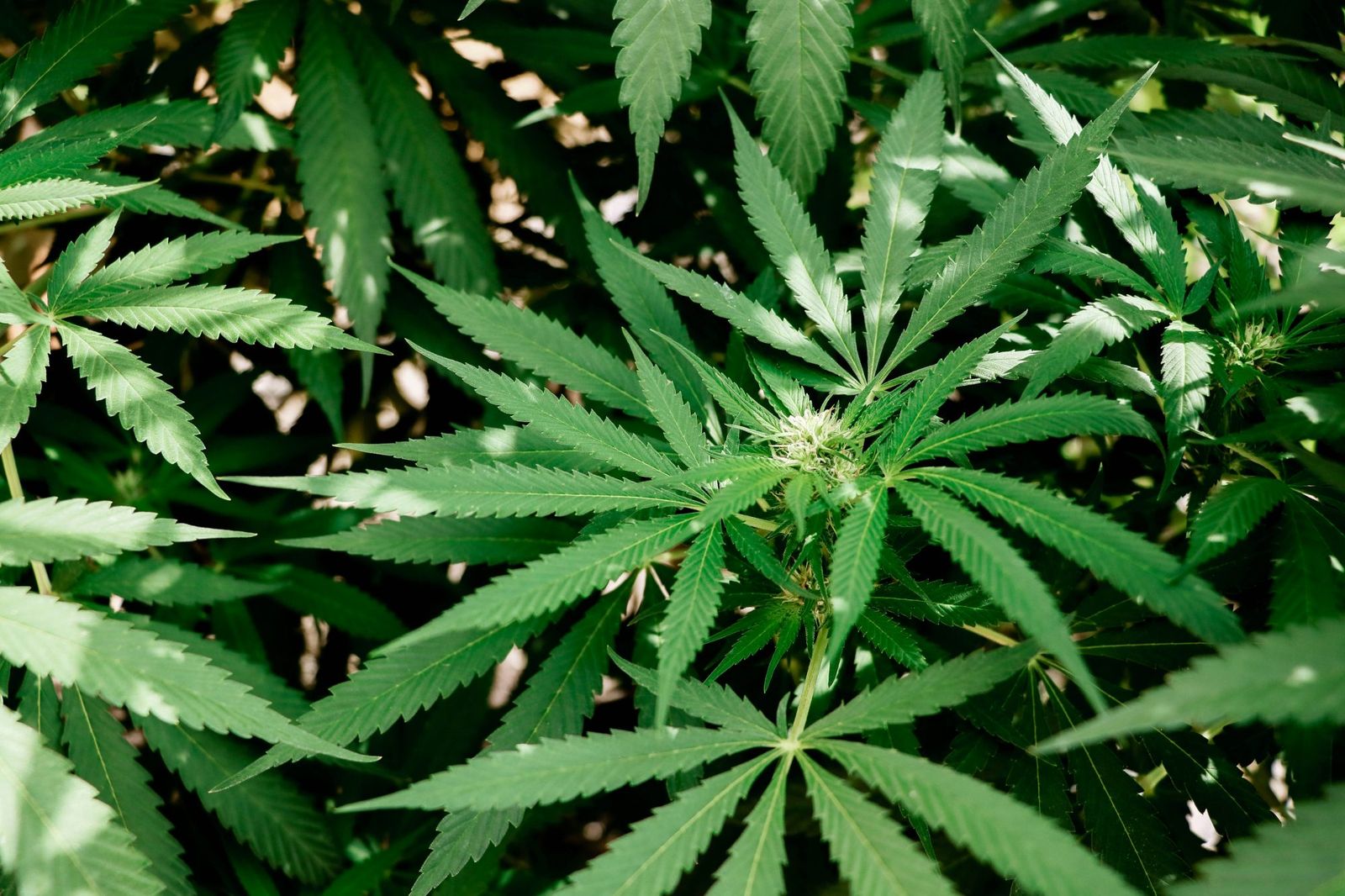
1. Safety
When growing marijuana indoors, you have the advantage of keeping your cultivation out of sight from prying eyes. This can help you avoid unwanted attention and potential legal issues.
2. Controlled flowering
Indoor cultivation allows you to manipulate the light cycle of your plants, giving you the power to trigger flowering whenever you desire. This flexibility can lead to multiple harvests throughout the year.
3. Year-round planting
Indoor growing isn’t restricted by seasonal changes, enabling you to cultivate marijuana plants throughout the year without worrying about the weather outside.
4. Quality buds
While it may be more expensive to grow cannabis indoors, you have the ability to create an optimal growing environment for your plants, resulting in high-quality buds. By adjusting various factors such as lighting and nutrients, you can customize your cultivation to produce top-tier marijuana.
Benefits of growing marijuana outside
1. Cost-effective
Outdoor cultivation utilizes natural sunlight as the primary source of energy, significantly reducing the operational costs associated with indoor lighting and climate control systems.
2. Plant resilience
Outdoor-grown plants are more forgiving of mistakes compared to indoor cultivation, as they require less maintenance and are less susceptible to environmental changes such as temperature and humidity fluctuations.
3. Increased yields
Unlike indoor plants, outdoor marijuana plants have more space to grow and can reach larger sizes, leading to potentially higher yields. Some strains can produce up to 1000 grams per plant when grown outdoors.
4. Ideal for Sativa strains
Sativa plants tend to grow tall, sometimes reaching up to 10 feet. Outdoor cultivation is well-suited for these strains, as they have ample vertical space to develop fully.
Do You Need A Permit to Grow Marijuana?
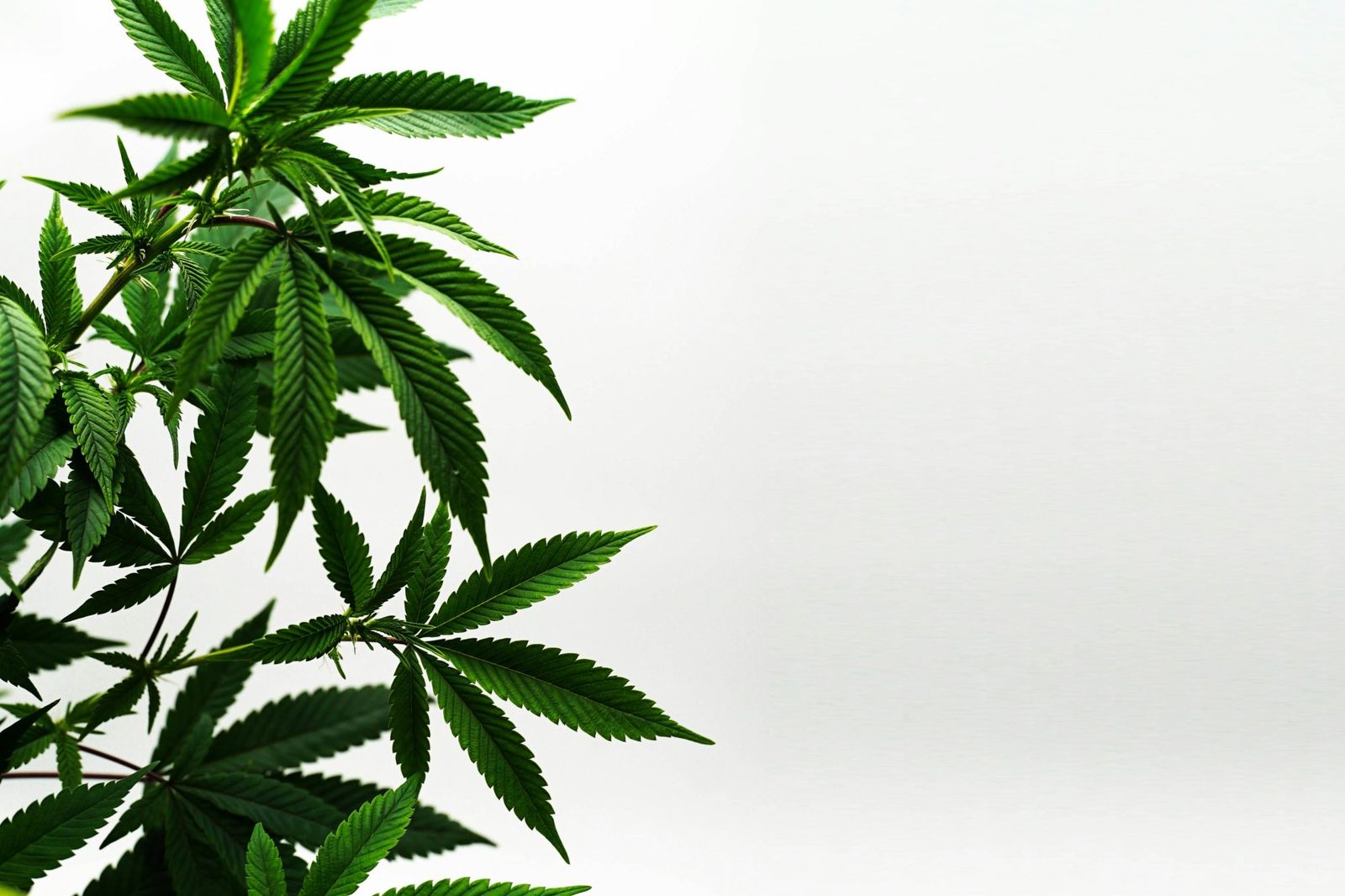
In many areas, growers must obtain permits to cultivate marijuana, whether for personal use or commercial purposes. Personal use permits often allow up to six plants for individuals over 21, with specific requirements like a fenced area and permanent residence. Commercial permits, for medical or recreational purposes, have stricter guidelines including age, residency, background checks, and environmental considerations to prevent harm to ecosystems or water resources.
Uncomplicate Your Cannabis Production Today!

At GrowerIQ, we understand the challenges cannabis growers face in managing the complexities of regulatory frameworks, evolving legal standards, and the need for accurate record-keeping in a highly regulated industry. To address these challenges, we have developed software solutions that aim to provide cannabis growers with a comprehensive tool for managing their cultivation operations.
Our software offers a range of functionalities to assist cannabis growers in seed-to-sale tracking, quality management, and cultivation planning. With GrowerIQ, we strive to uncomplicate the production process for cannabis growers by ensuring compliance, optimizing quality, and enhancing efficiency throughout the seed-to-sale process. Through our software, cannabis growers can streamline their cultivation operations, make informed decisions, and stay ahead of the curve in this dynamic industry.
Discover how GrowerIQ’s seed-to-sale software can help you set up all of the administrative components of a successful cannabis cultivation operation, without any hassle. Questions we haven’t covered? Please reach out and let us know. GrowerIQ serves clients coast to coast, and we’re ready to help your team today.
Streamline Cannabis CultivationAbout GrowerIQ
GrowerIQ is changing the way producers use software - transforming a regulatory requirement into a robust platform to learn, analyze, and improve performance.
To find out more about GrowerIQ and how we can help, fill out the form to the right, start a chat, or contact us.
